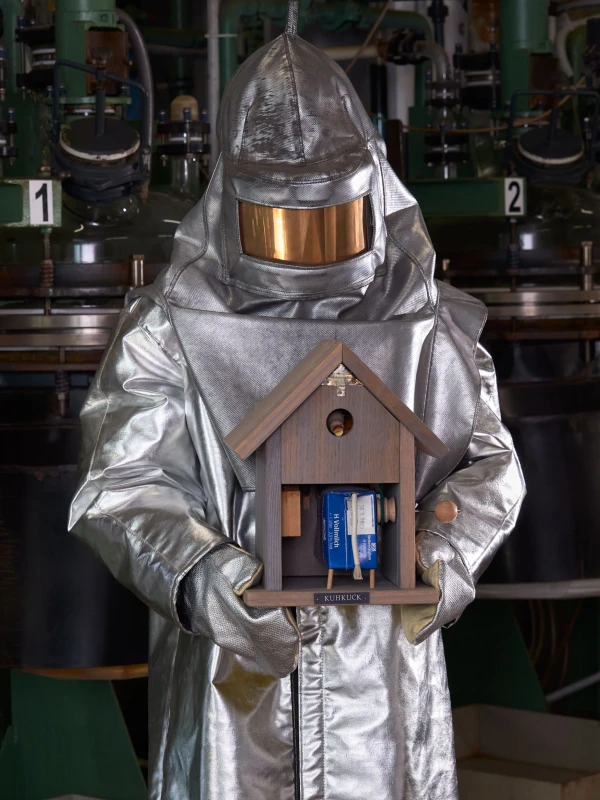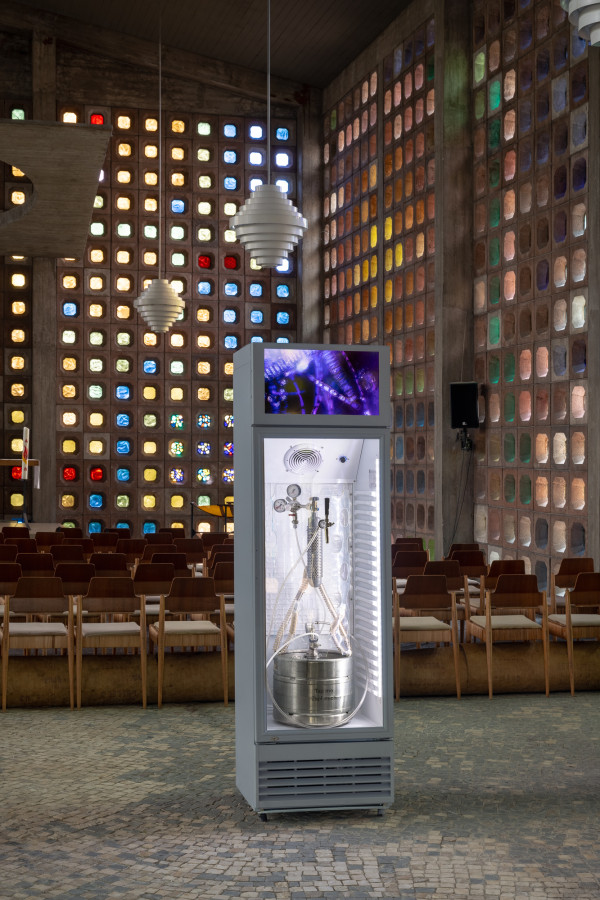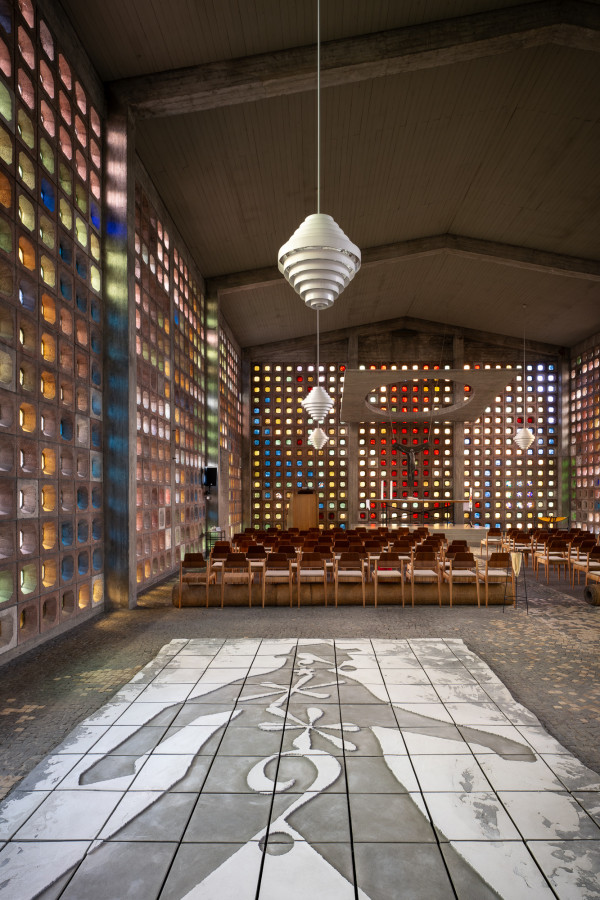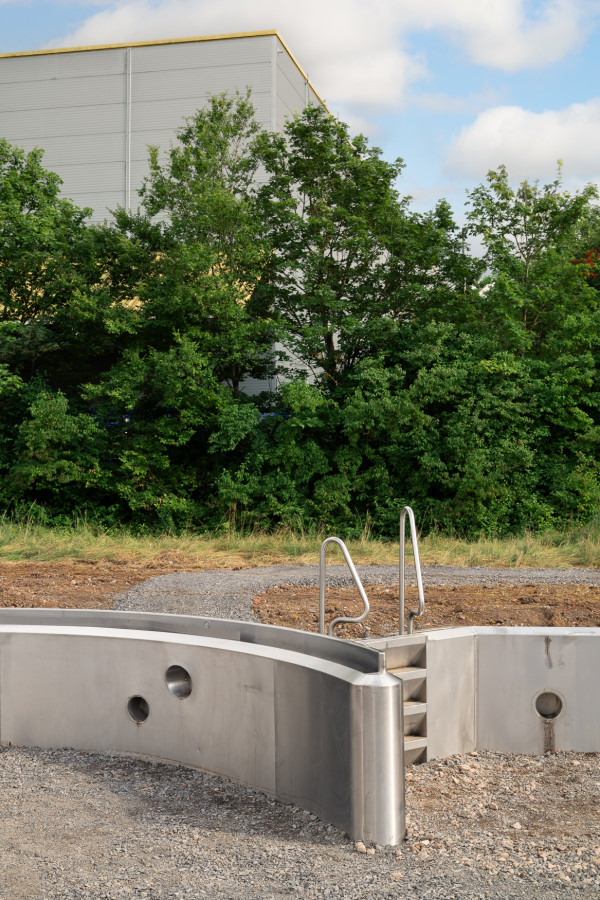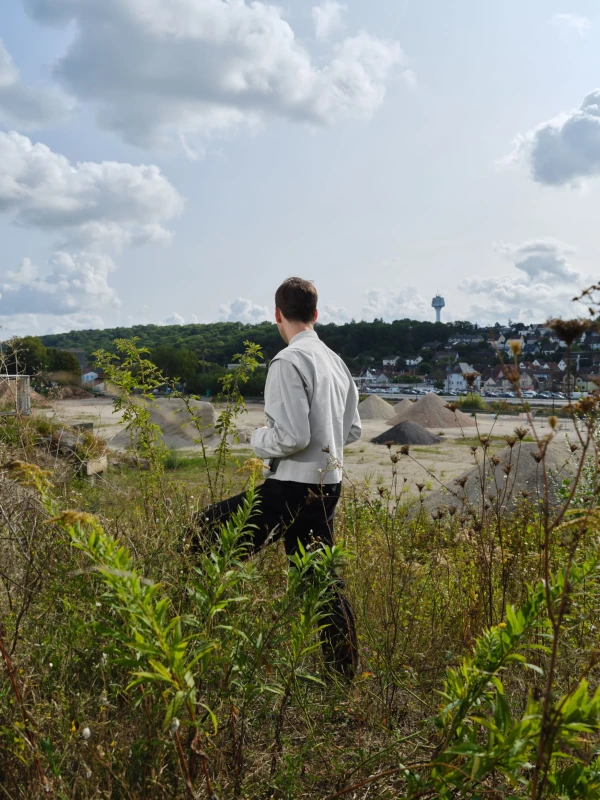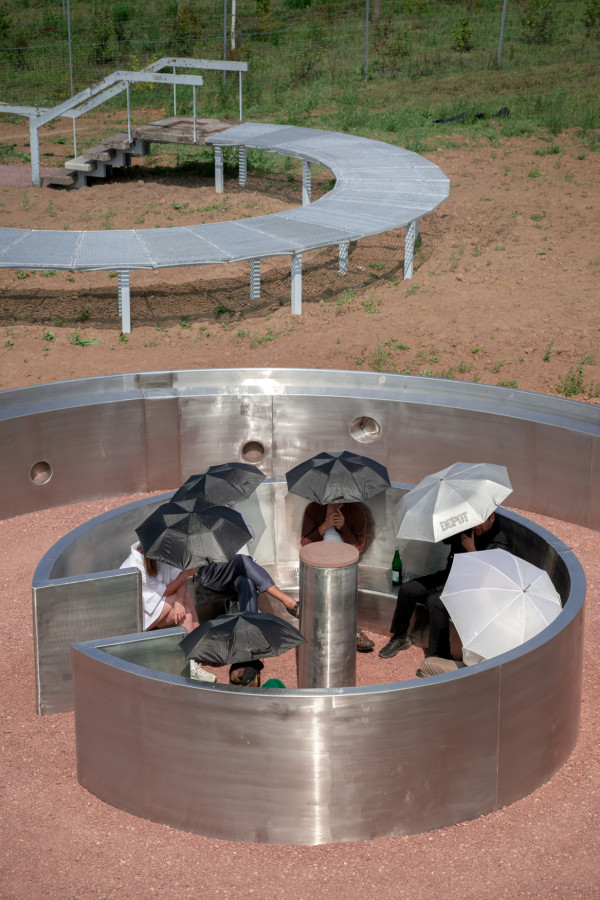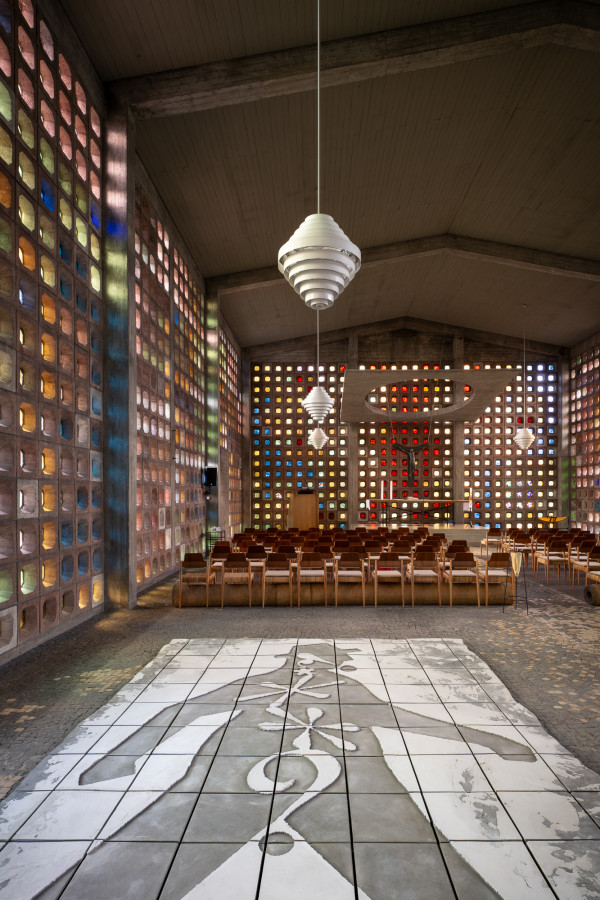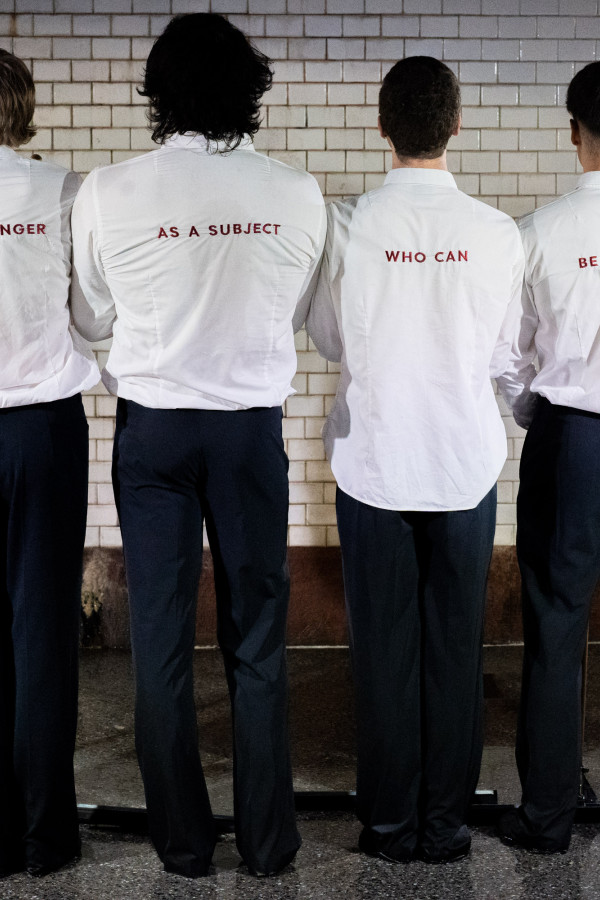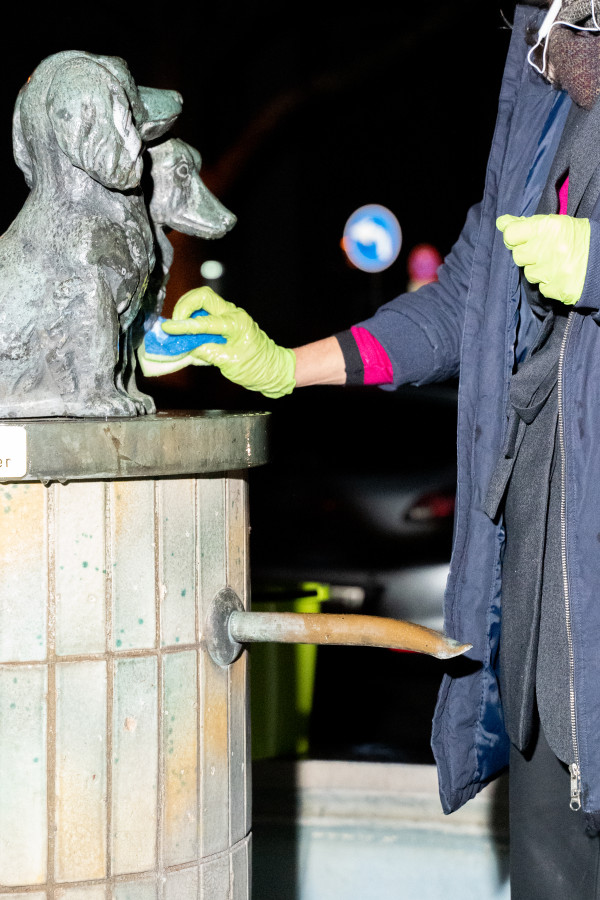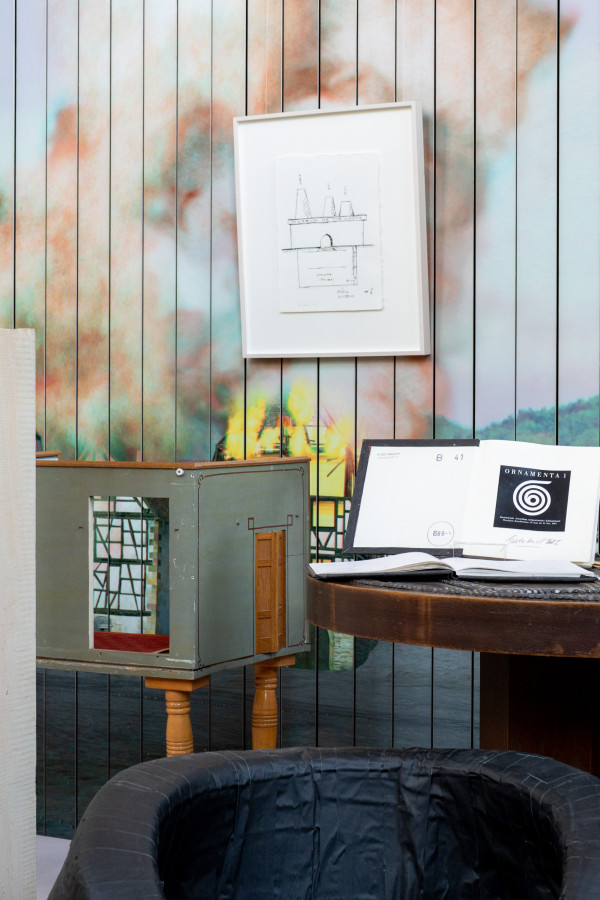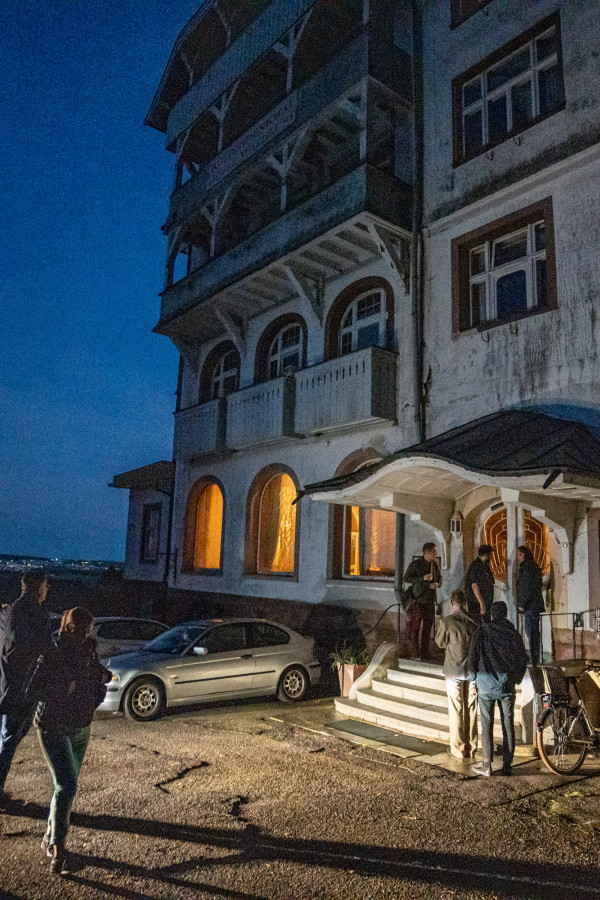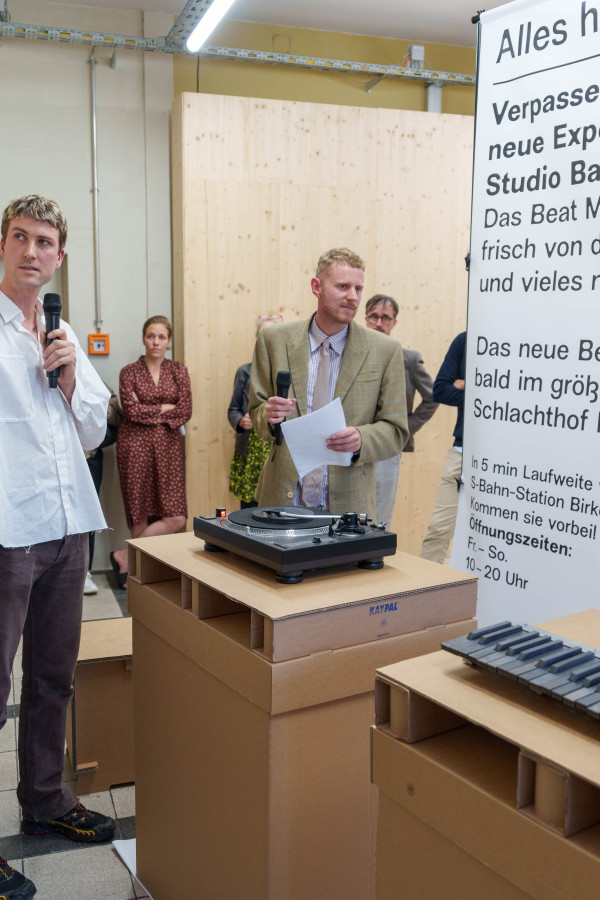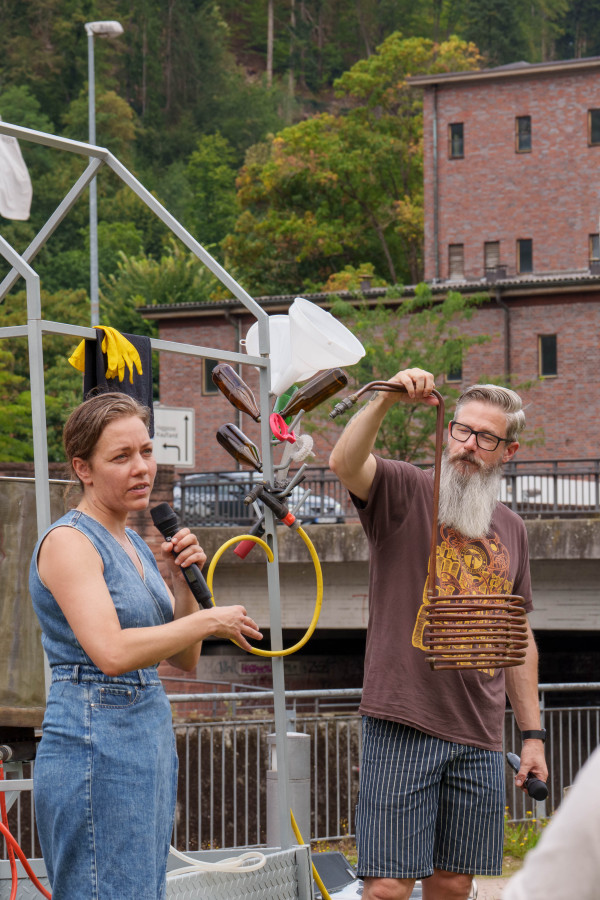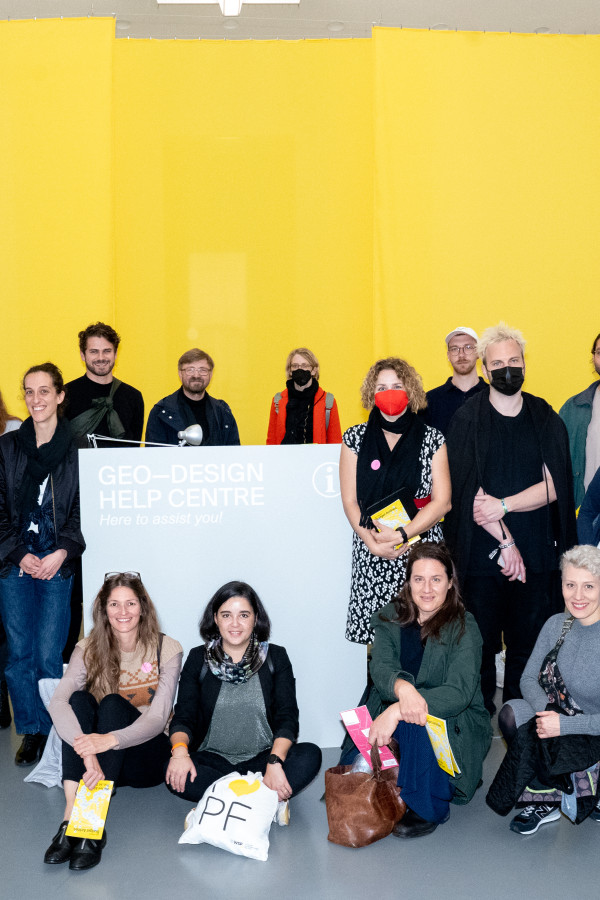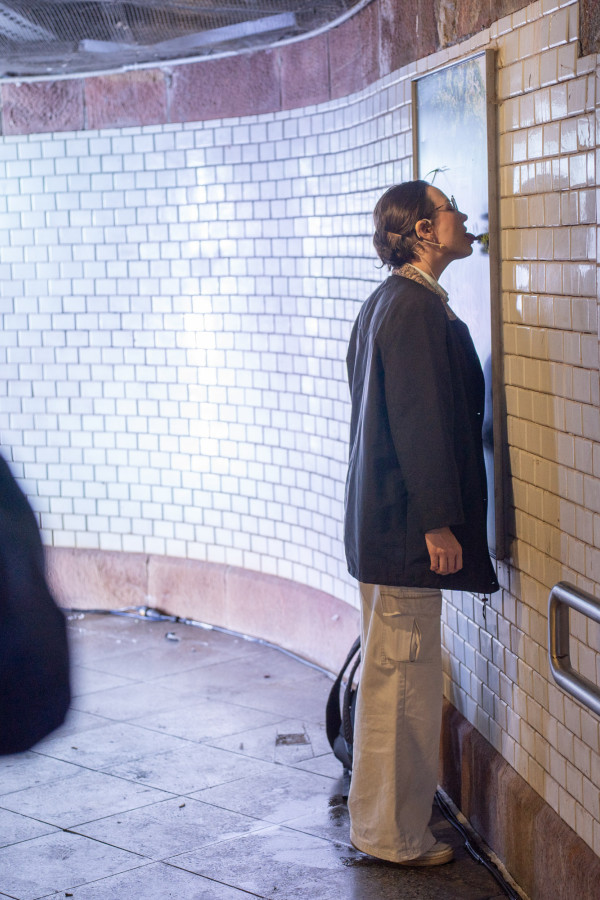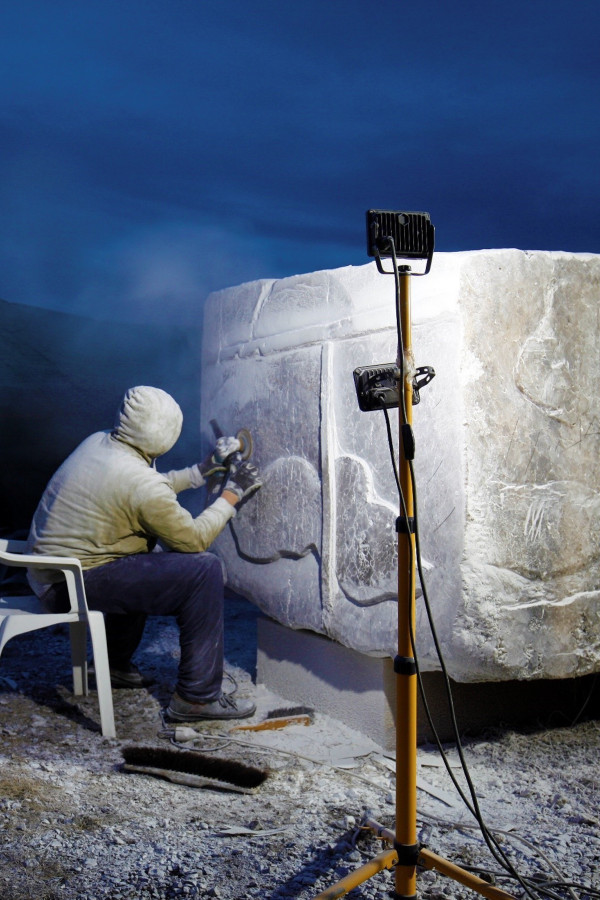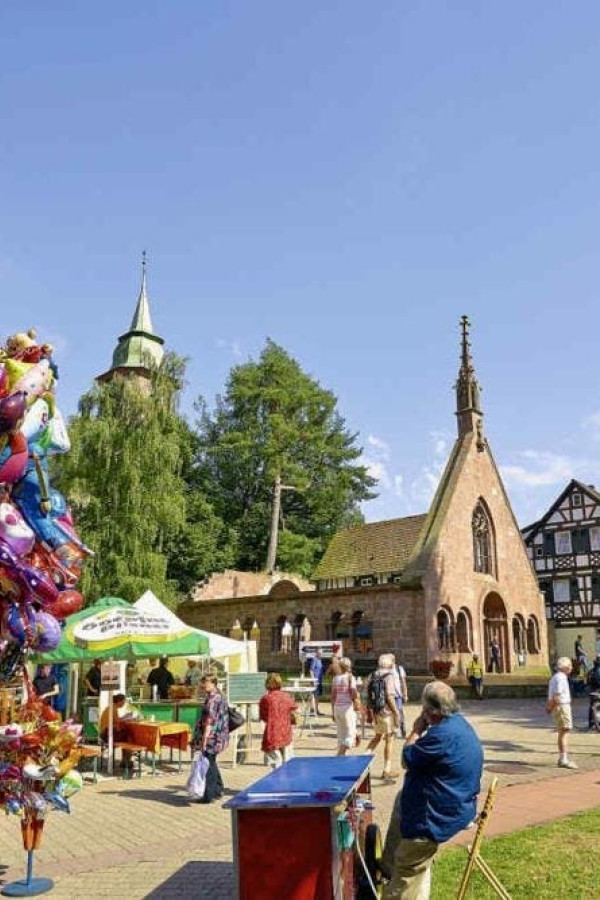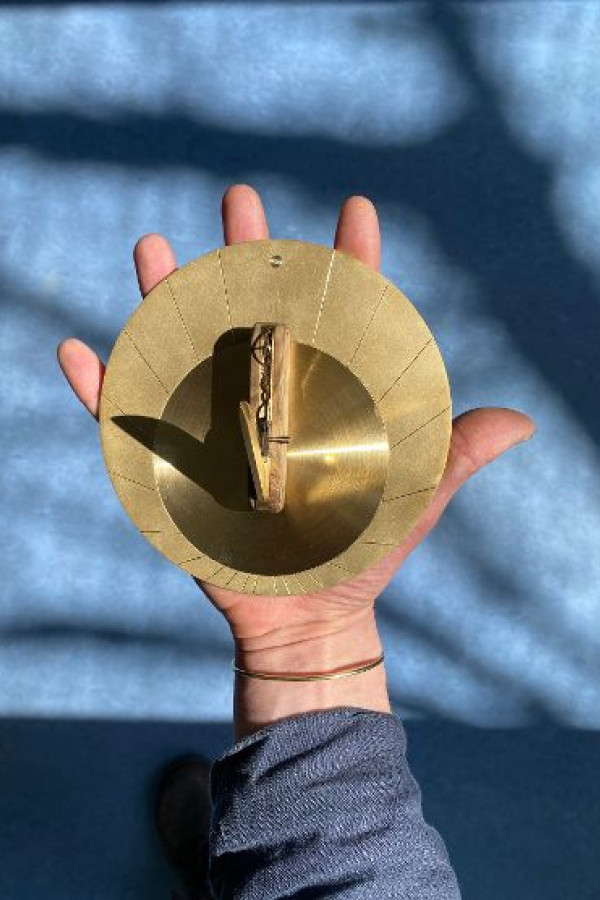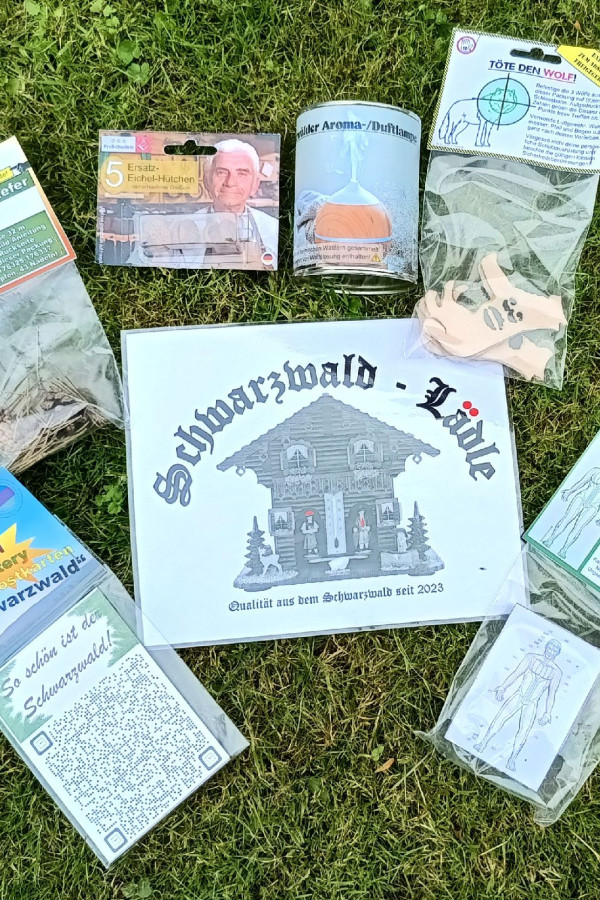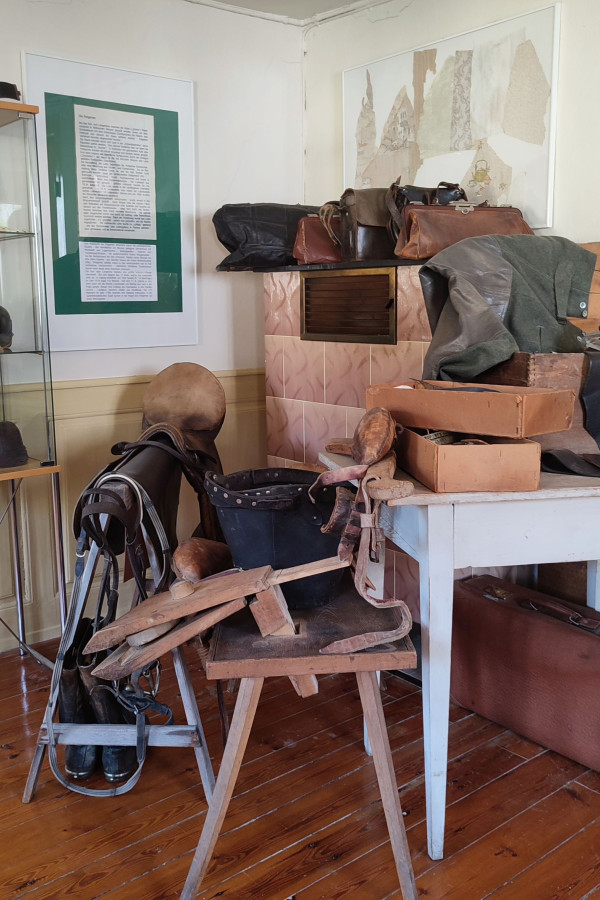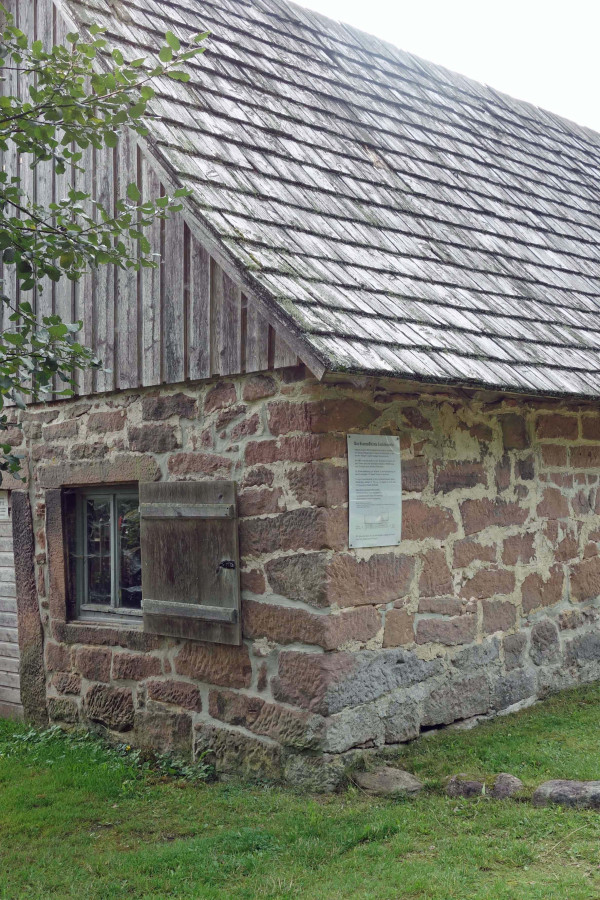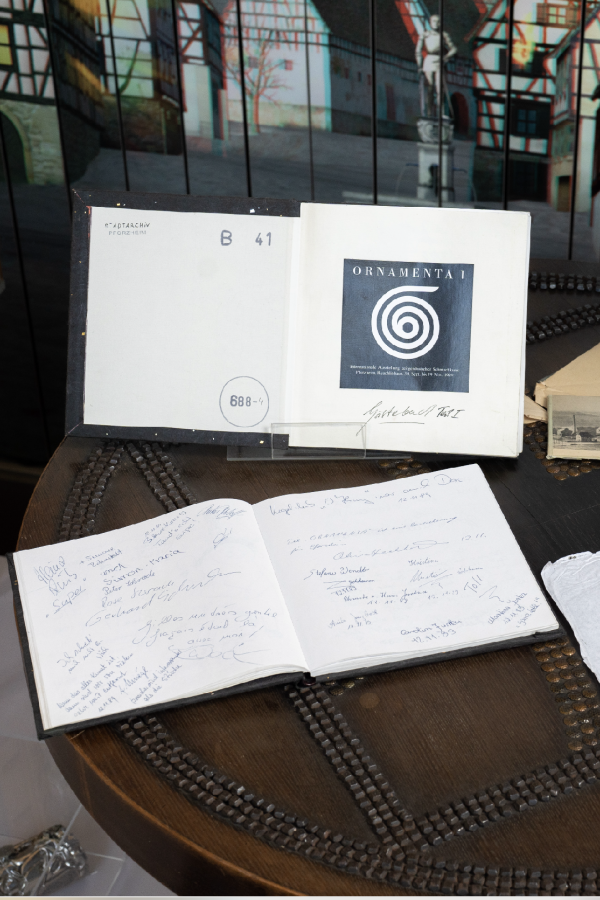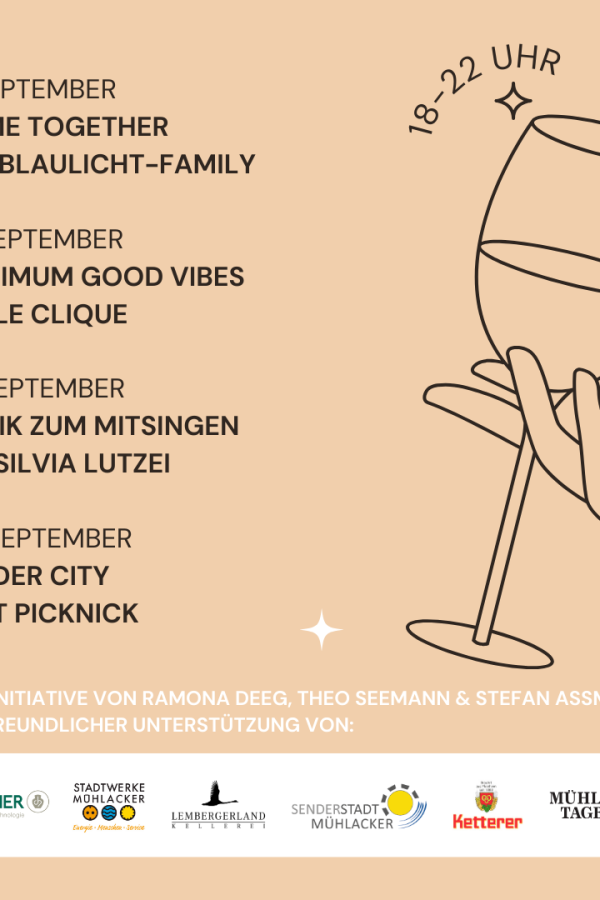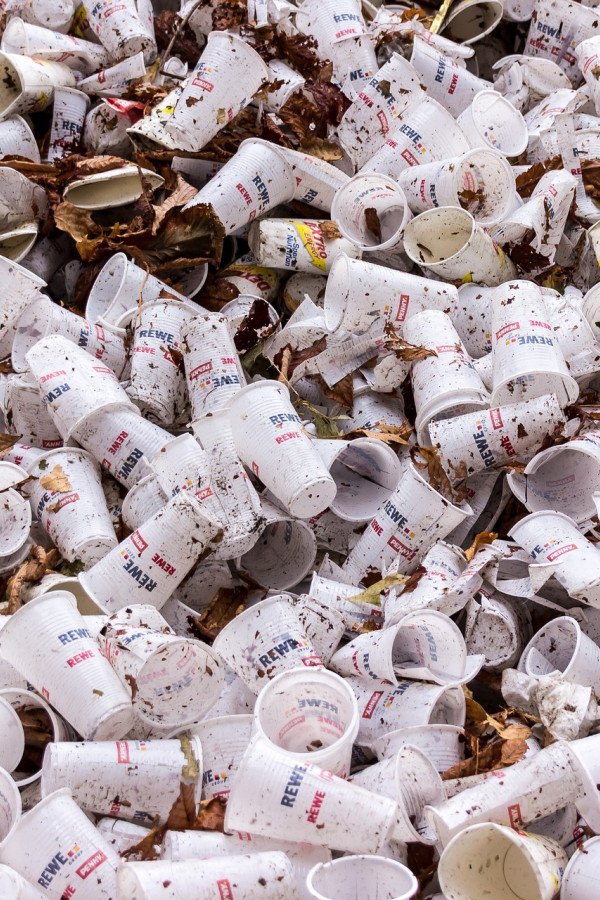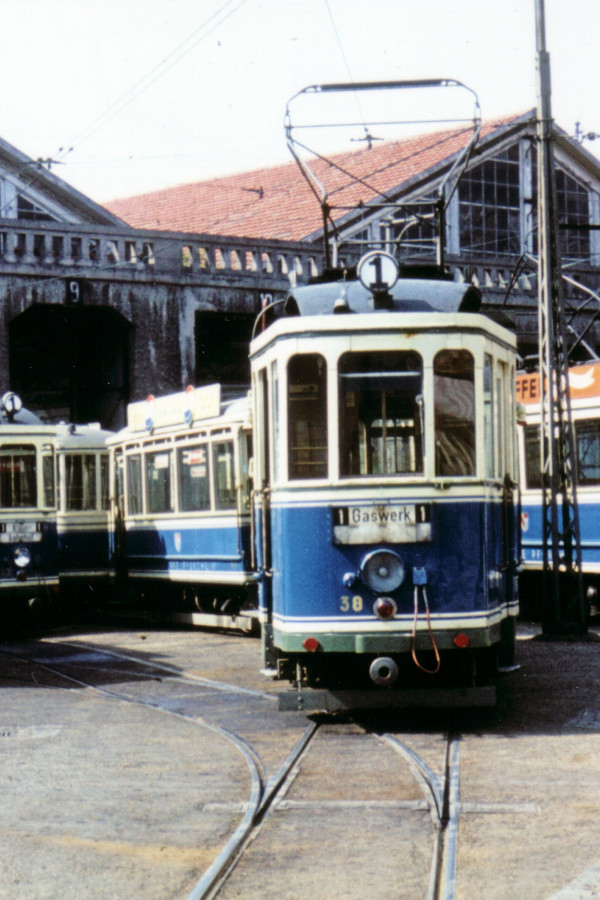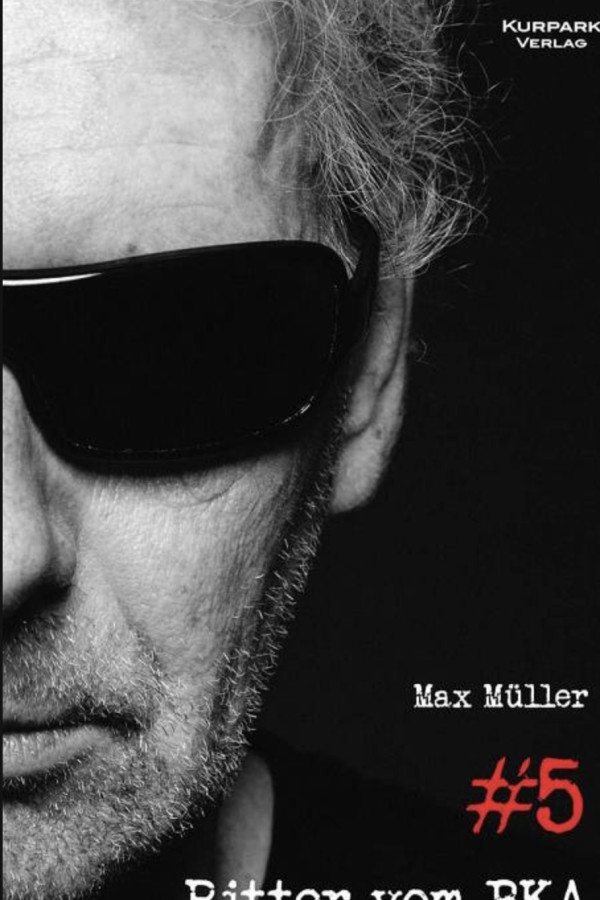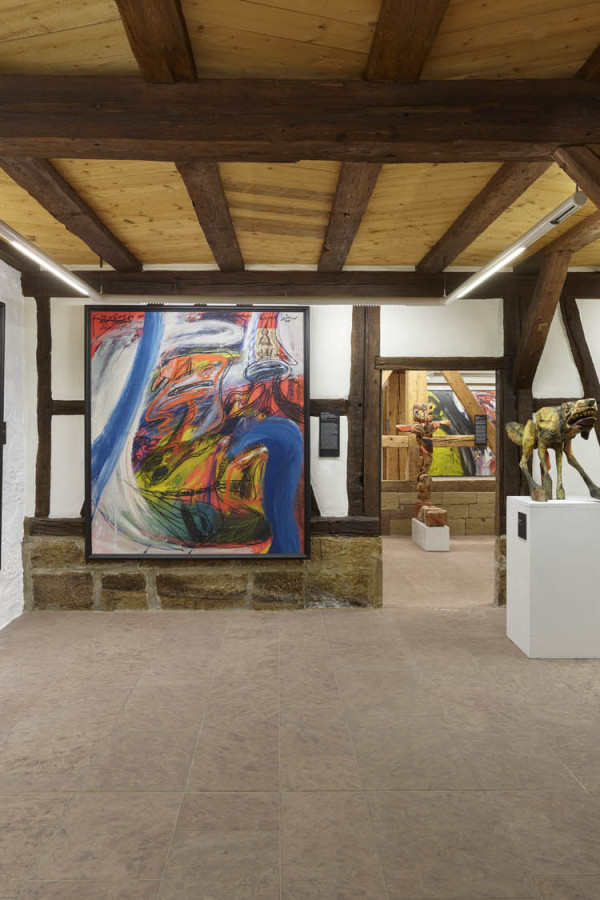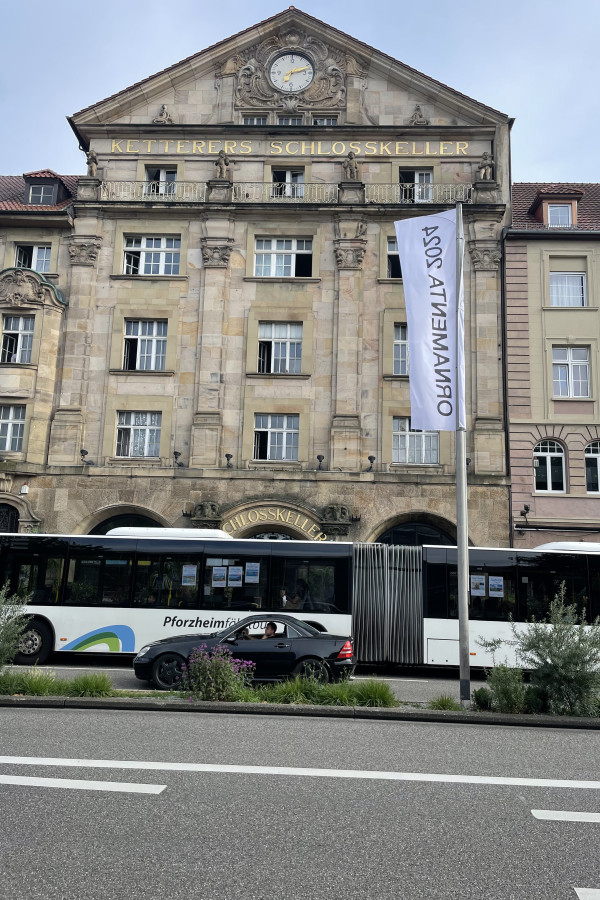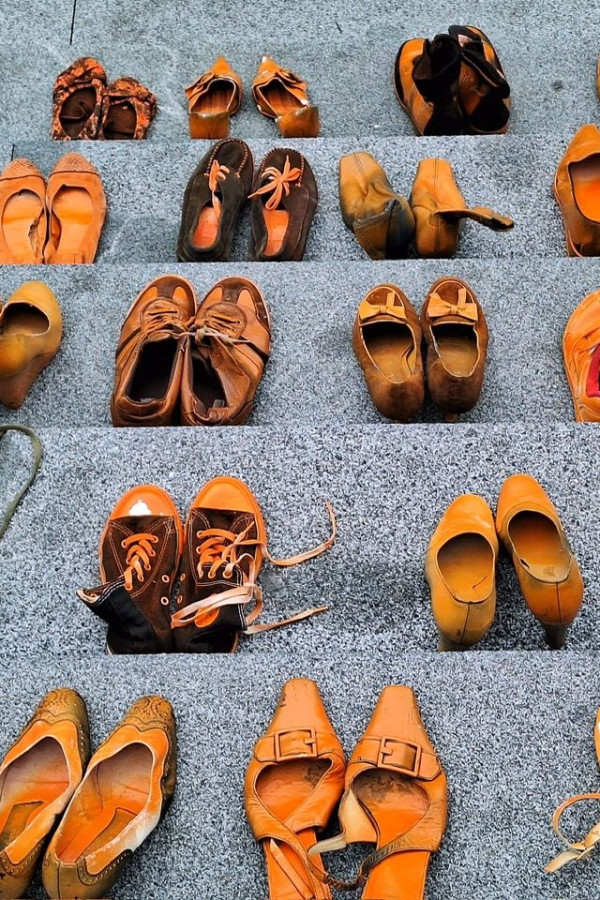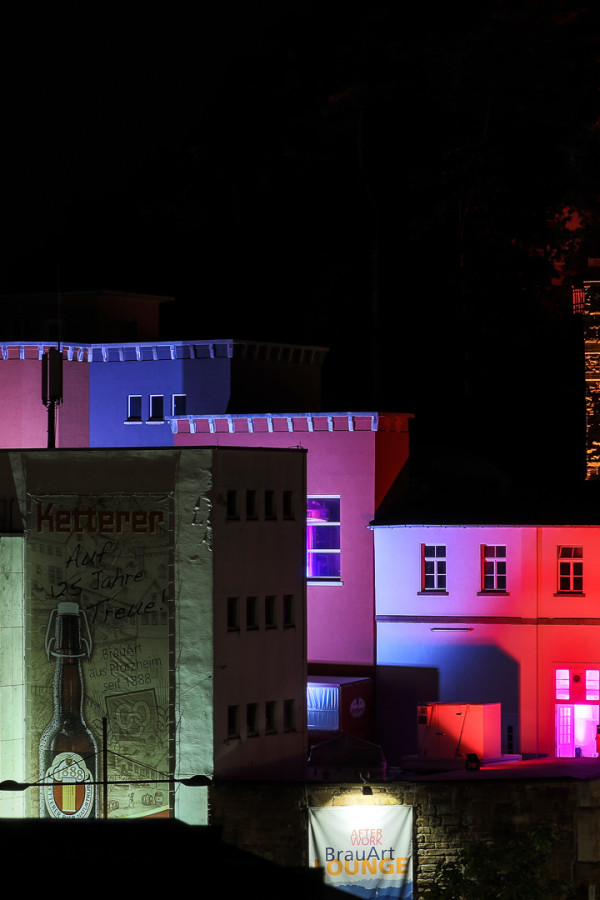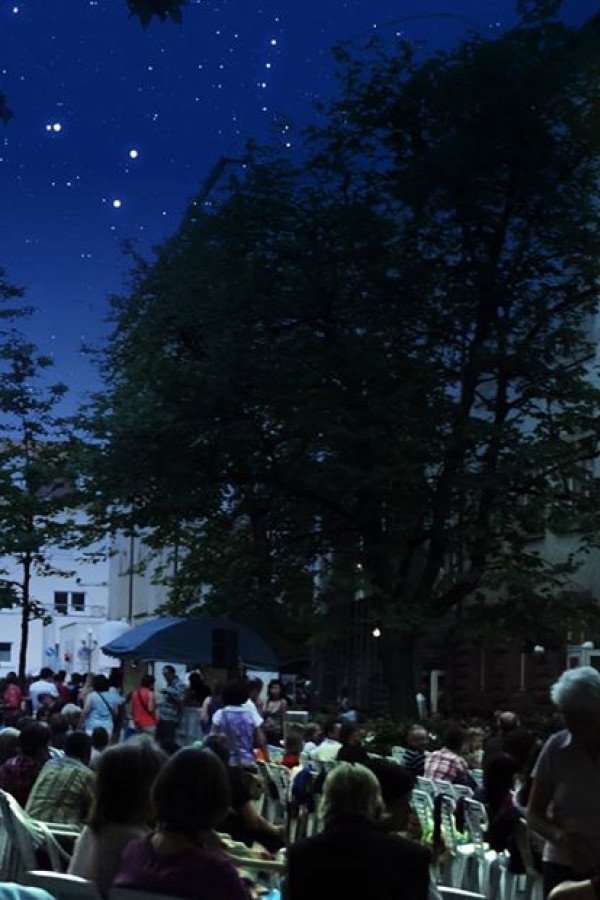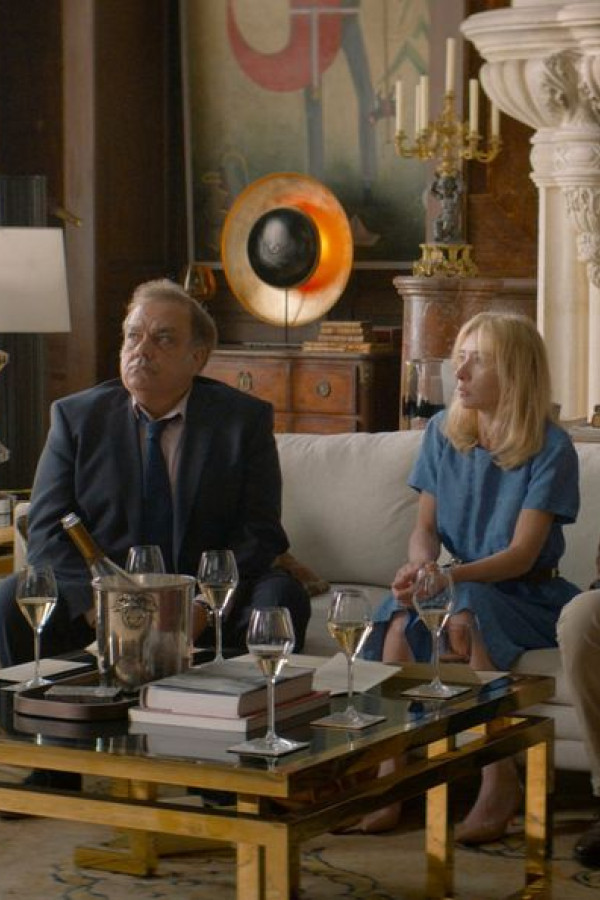Schmutzige Ecke
On the Way to a More Equal Society and Diversifying the Canon of the Built Environment
During World War II, Europe had to intensify its ‘waste’ reclamation, taking socio-cultural values on board when it comes to future programming of historic architecture, contemporary ways of repurposing materials, and acknowledging acts of physical labour, in a society that is otherwise focused on many screen-based individuals. The cities of the Northern Black Forest, reconstructed in the fifties, hold early examples of circular building and enabled many modernist and brutalist architects to experiment. Within the theme 'Schmutzige Ecke', Ornamenta confronts visitors with topics which are often preferred to be kept away from the public eye, such as taboos surrounding dirt or cleanliness but also about the dark histories that inform our future. The Ornamenta programme aims to give new insights and pave the way to conversations about a more equal society and diversify the canon of the built environment, through a series of Sunday services where art and theology meet, in an exhibition on circularity, sobriety and rubble, and a public artwork made of found and repurposed building fragments.
